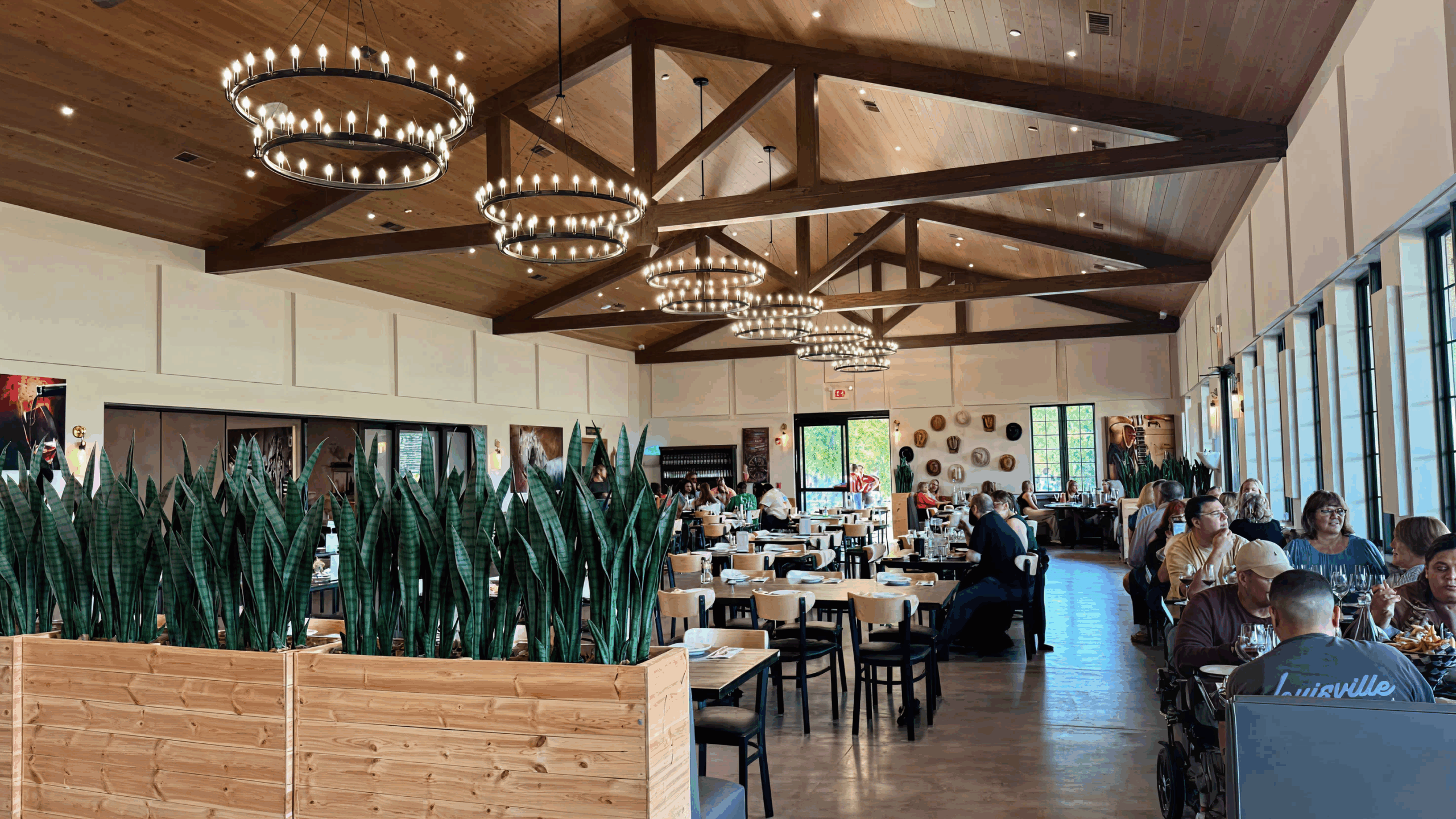
Designing Wineries and Breweries for Maximum Experience
Winery brewery construction design is about more than a beautiful room and shiny tanks. It’s the discipline of aligning production, hospitality, and brand so that the space works on a busy Saturday and on a quiet weekday morning. Done well, the right layout reduces steps, protects quality, trims energy costs, and gives customers a reason to stay longer, buy more, and come back with friends.
Why Winery Brewery Construction Design Shapes the Entire Experience
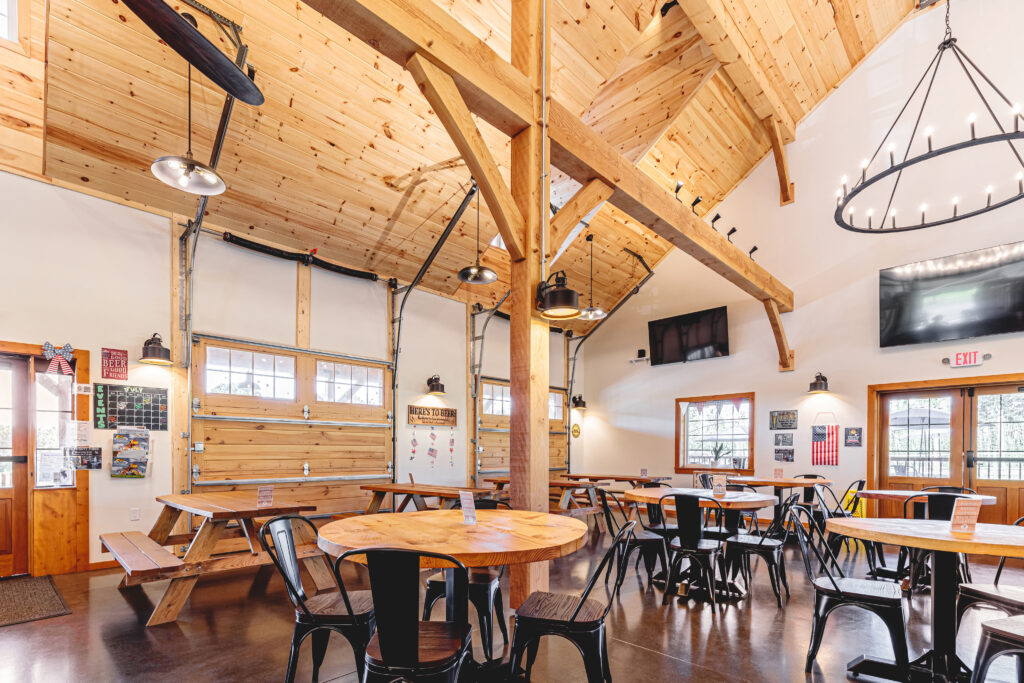
When plan and process move together, the result is a facility that feels effortless. Guests see craft and care; your team sees clear routes, enough space for equipment, and a building that supports the brewing process or winemaking steps without constant workarounds. This is where a builder-led approach pays off: project managers, architects, and engineers align early around production capacity, tasting room goals, and future growth so decisions hold up from concept through commissioning.
Think of the building as three intertwined systems: production, hospitality, and utilities. Each system has different needs and rhythms, but all three share the same square footage, budget, and schedule. The design task is to create logical adjacencies and a strong foundation. The form and engineering should support today’s operation and tomorrow’s expansion.
From Vision to Program: Aligning Brand, Budget, and Site
Translating vision into space
Begin with your story: a destination winery with a terrace and views, or a craft brewery with a lively tasting room and a compact packaging area. From there, translate vision into square footage and adjacencies. Decide the right layout for the production facility. Make note of things like number of fermentation tanks, brewhouse or crush pad size, cold storage requirements. Then map how staff and products move from receiving to service.
Make room for the guest side, too. A tasting room that works for intimate gatherings needs different proportions than a restaurant-forward concept. Consider ceiling height, acoustics, and daylight. The best plans keep the hospitality energy close to the action while protecting production integrity.
Site and utilities
Every site brings opportunities and limits. Confirm power capacity, water quantity/quality, gas availability, and ventilation paths early. Plan access for grain and fruit deliveries, CO₂ and nitrogen storage, spent grain removal, and waste handling. Exterior concrete aprons and covered loading keep heavy equipment moving when weather turns. Good utility planning is a form of quality control. When glycol, steam, hot water, and compressed air routes are clean, the brewery floor stays organized and safe.
Production Flow Drives the Plan
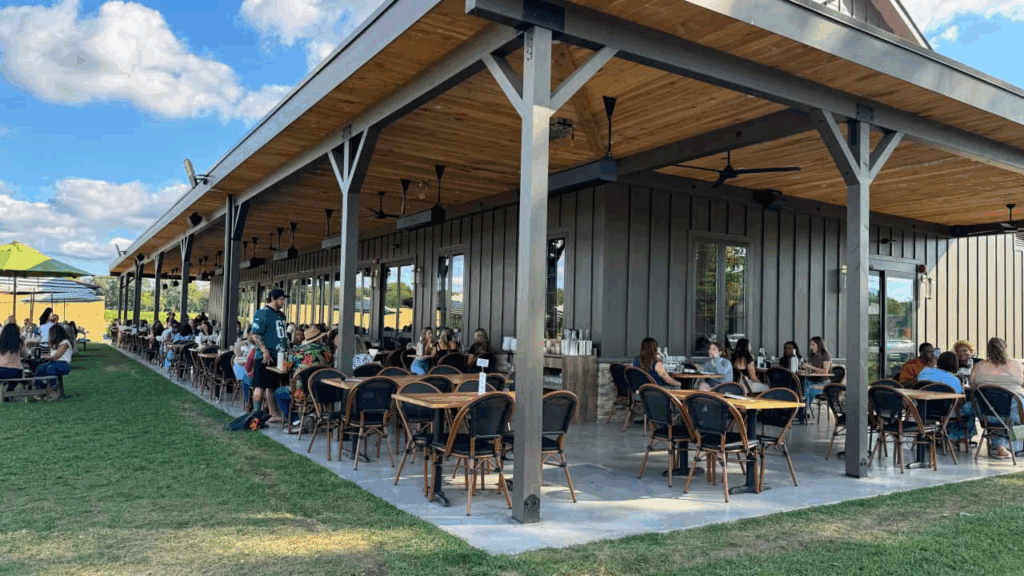
Brewery floor plan and winery building basics
Production flow should read left-to-right (or front-to-back) without cross traffic. In breweries, that usually means a tight line from grain storage and mill to brewhouse, to fermentation tanks, to brite tanks, to packaging. In wineries, thoughtful placement of crush, press, fermentation, barrel storage, and bottling keeps product and people moving smoothly. Equipment placement must include safety clearances, hose reach, forklift paths, and clear line-of-sight for operators.
Floors matter. Specify slopes and trench drains at the brewery floor and crush areas so washdowns work every time. Choose finishes and details that tolerate caustics, acids, and thermal cycling. Stainless guarding, curb protections, and properly rated doors prevent early damage and protect sanitation.
Quality control and efficiency
Map sampling points and CIP reach in the layout. Right-size the heat exchanger, hot liquor, and cold liquor systems for your production targets; oversizing or undersizing shows up as wasted energy or bottlenecks. Route utilities (steam, glycol, compressed air, CO₂) overhead and off the wall where possible to simplify maintenance and cleaning. Build in energy efficiency where it pays back: heat recovery, insulation, and smart controls that respond to production loads.
The Guest Side: Tasting Room, Views, and Circulation
Open floor plan with control
Guests love proximity to the process, and designers love a clean open floor plan, but safety and cleanliness come first. Frame views into production with glass and guardrails. Separate air where needed. Provide clear, intuitive circulation so customers find restrooms, patios, and retail displays without asking. Use lighting and ceiling moves to create zones so the room flexes from quiet weekday flights to weekend crowds.
Amenities that build customer experience
Bar design is a working tool. Keep draft and wine service tight, lines short, and POS stations out of traffic. If food is part of the concept, create a back-of-house path that keeps hot food hot and guests safe. Outdoor options like porches, terraces, and beer gardens extend capacity and brand. Small touches like purse hooks, phone ledges, and acoustic treatments go a long way in customer satisfaction.
Materials, Systems, and MEP Choices that Pay Off
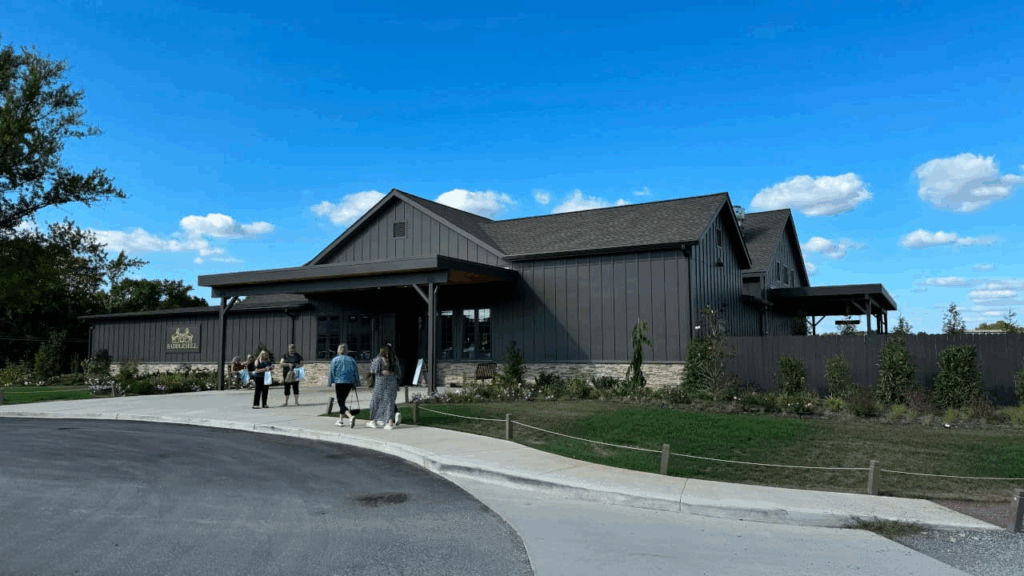
Floors, walls, and finishes
Specify materials that stand up to moisture and chemicals and clean quickly. Seamless floors with broadcast texture balance traction and washability. Wall panels that resist impact and humidity simplify maintenance. Thermal performance (insulation, air sealing, vestibules) stabilizes interior comfort and product conditions, saving energy and improving the guest experience.
Mechanical/Electrical/Plumbing
Size HVAC for both people and process. Separate tasting-room loads from production loads so one side isn’t fighting the other. Provide makeup air where heat and steam are present. Right-size hot water, add hose bibbs where they’re truly needed, and plan for meter and panel access. Electrical distribution should anticipate future equipment: spare breakers and conduit stubs are inexpensive now and invaluable later.
Planning for Future Growth
Expand without rebuilding
Assume success. Stub utilities for additional tanks; set pads and anchors in locations that won’t block aisles later. Leave headroom and door sizes that can accept large tanks or barrel racks. Keep a clear route from the loading area to the back of house so expansion equipment doesn’t require tearing out finishes.
Phasing and budget
Open strong, then scale. Prioritize the right layout, the core production system, and a tasting room that reflects your brand. If budget pressure rises, defer some nice-to-haves without compromising the spine of the operation. Strategic planning turns today’s build into a platform for future expansion rather than a space you outgrow in a year.
Project Delivery: Turning Plans into a Working Facility
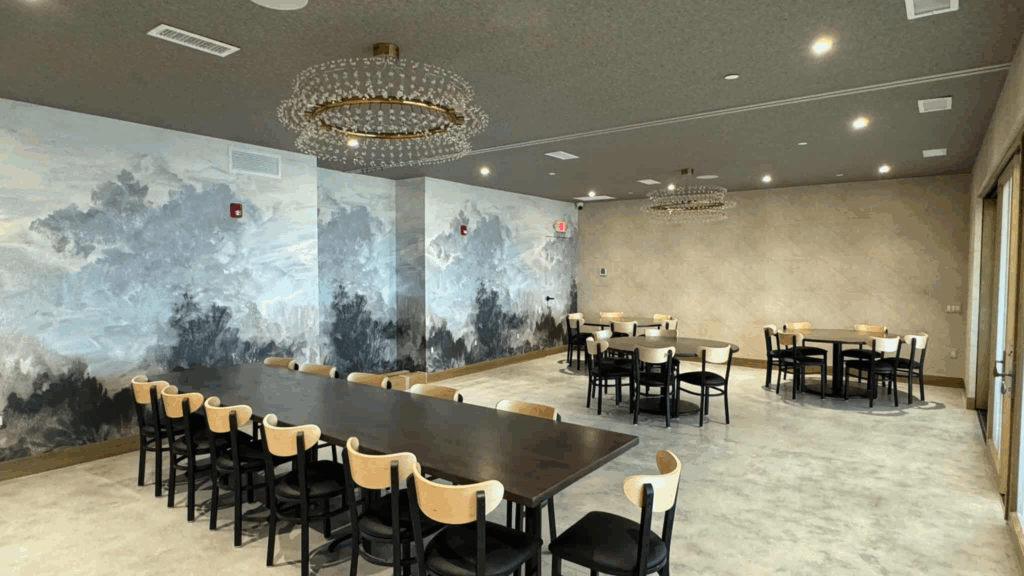
Builder’s role in the building process
Preconstruction is where cost and constructability meet vision. Estimate against real vendor quotes, build a schedule that respects equipment lead times, and coordinate submittals so structural and MEP drawings reflect actual skid sizes and connection points. During procurement and install, direct communication among architects, engineers, and equipment vendors prevents field conflicts.
Field execution and closeout
Sequence tasks around equipment deliveries. Set tanks before ceiling grids, protect finished floors before moving skids, and commission systems in the order you intend to use them. Train staff on controls and safety. Punch lists should include valve labeling, hose storage, and cleaning stations; those practical elements keep operations efficient on day one.
Case-Style Vignettes
Compact craft brewery
A small-footprint brewery uses a right layout: mill and brewhouse tight to the wall, four to six fermenters in a straight run, brite tank close to the bar for short draft lines. The tasting room borrows space from the production view with a glass wall; a flexible corner hosts music on weekends and community events midweek.
Destination winery
A winery building tucks production behind glass so visitors watch the process without entering it. The crush pad sits under cover with a direct line to the press and tank farm; barrel storage is climate controlled and photogenic. The tasting room flows to a terrace with long views, and circulation keeps tours from crossing service routes.
Getting Ready to Begin
A successful winery brewery project starts with clear goals and careful planning. Walk the site, confirm utilities, and set production targets. Define the tasting room program and customer experience, then test the brewery layout or winery workflow against that vision. With disciplined coordination and a builder focused on both form and operation, your facility can open on time, maintain efficiency, and deliver the kind of customer experience that builds loyalty.
Winery brewery construction design isn’t about choosing one impressive feature; it’s about a series of smart decisions that add up to quality, efficiency, and a memorable visit. If you’re evaluating a new build or an expansion, connect with Quarry View Building Group to align vision, budget, and schedule. Turn your dream brewery or destination winery into a working reality.

